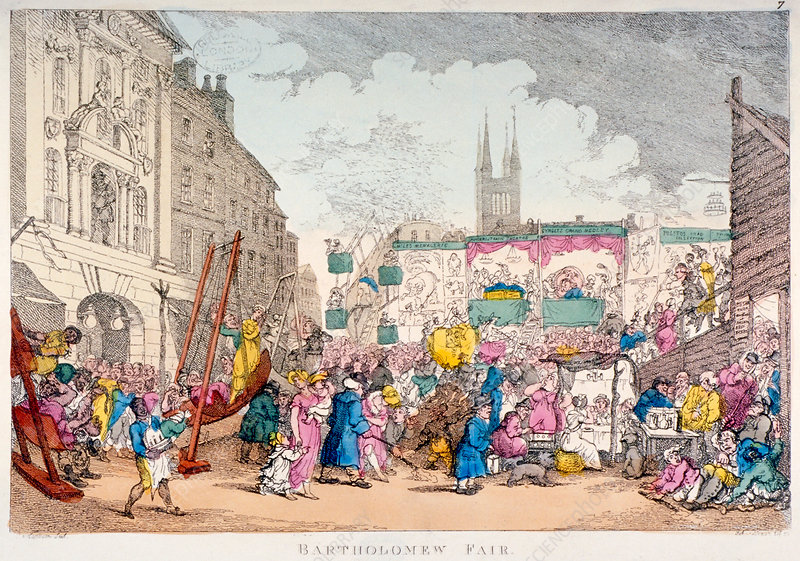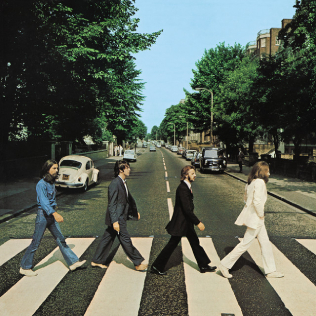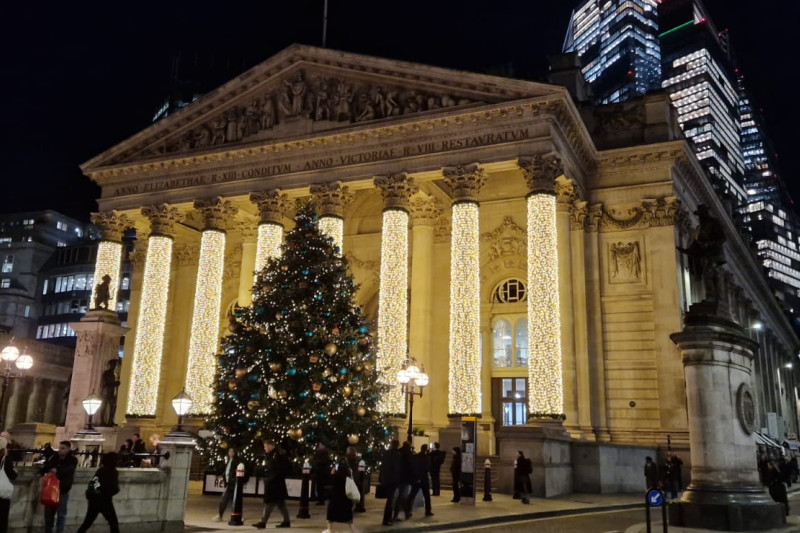St Bartholomew Fair and the Beatles
5 mins to read | August 11th, 2025
One of the things I love about the City of London is the unexpected gems you can uncover with just a little bit of research. Imagine my surprise when I recently came across a connection between Bartholomew Fair, one of the country’s oldest annual commercial and enterntainment gatherings, and my favourite rock group, The Beatles.
What’s that all about? Let me explain. In 1133, King Henry I granted a Royal Charter allowing the monks of the newly founded St Bartholomew Priory in West Smithfield to hold a three-day cloth fair to raise money for the upkeep and running of the priory, and also the hospital of St Bartholomew, now widely known as ‘Bart’s’. This was all very civilized and restrained. However, over time, and partly thanks to the Reformation under Henry VIII, when the ownership of the fair moved away from the monks and into private hands, it deviated away from its original function. Increasingly, it morphed into an annual event of entertainment and revelry where Londoners could let their hair down and be distracted from the very real hardships of their everyday lives. It even inspired the English playwright Ben Johnson to pen a comedy about it in 1614, imaginatively named Bartholomew Fair.
.jpg)
It became a tradition for the fair to be opened each year by the Lord Mayor, but this was not always without incident. Bell’s News from 28 April 1855 reports how Lord Mayor, Sir John Shuter, in 1668, was killed whilst partaking of a cool tankard of wine with the Governor of Newgate but “In holding the tankard he let the lid flap down with so much force that his horse started, and he was thrown to the ground with such force that he died next day.”
By the 17th century Bartholomew Fair, as it became known, ran for longer and became well known for its large crowds, strange attractions and generally riotous behaviour, powered in parts by the availability of large quantities of ale, and foodstuffs on sale such as pies, pig meat and gingerbread.
To try and cover everything that happened at Bartholomew Fair, and the effect it had on life in West Smithfield (it even had it’s own temporary court called the pye powder to settle disputes at the fair), would take a much longer blog but when they weren’t buying the popular ‘Bartholomew Baby’ dolls, visitors could see anything from magicians to tightrope walking monkeys, from human freaks to performing horses and pigs, and most importantly for this blog, puppet shows.

However, Bartholomew Fair and the criminality and disorder it also spawned, with pickpockets much in evidence, and a good punch up never far away, was never a good fit for Victorian sensibilities. After tiring of this den of vice on their doorstep, the powers that be of this more austere generation of Londoners closed it down in 1855, and at a stroke ended over 700 years of harmless(ish) entertainment. In fairness it was well past its peak by then, a pale imitation of its former glory and apart from some sporadic attempts to revive the fair to mark special anniversaries, it has faded into London’s past.

That should have been the end of the story of Bartholomew Fair. However, there is still one faint echo from that annual gathering that can still be heard around the world today, courtesy, would you believe, of the Fab Four.
In 1603 a play called Patient Grissel was first published by the playwright Thomas Dekker, and others. This was a story based on Griselda, a character from the Clerks Tale in Geoffrey Chaucer’s famous Canterbury Tales, a work which popularized the literary use of English. Patient Grissel contained a lullaby called Cradle Song which was first performed by puppets at Bartholomew Fair, and contained the lines:
Golden slumbers kiss your eyes,
Smiles awake you when you rise ;
Sleep, pretty wantons, do not cry,
And I will sing a lullaby,
Do these lines seem vaguely familiar to you?
Well, centuries later, a certain Paul McCartney was at his father’s piano in Liverpool and came across an old songsheet left at the instrument by his stepsister, Ruth. Opening it to the pages with Cradle Song McCartney, who couldn’t read music, started to put the words to his own tune. His version ended up as:
Golden slumbers fill your eyes
Smiles awake you when you rise
Sleep, pretty darling, do not cry
And I will sing a lullaby
Eventually, Cradle Song, renamed as Golden Slumbers made it onto the B side of the Beatles final album, Abbey Road (Let It Be was released later but recorded earlier), released in September 1969.

It is a hauntingly beautiful song and it’s impact has only grown with the passing of the years The likes of John Denver, Booker T & The MG’s and Neil Diamond have covered it and even more recent artists like Mumford and Sons and Will Young have given it a go, not to mention the John Lewis Christmas advert from 2017… okay, I’ve mentioned it.
If you walk down Cloth Fair on a warm summer’s evening, it is easy to imagine the strains of Cradle Song wafting over you, after all, this is the area where adoring crowds first heard Beatles music… sort of.
To find out more about the City of London, why not join one of our tours?
https://www.eventbrite.co.uk/o/london-city-mouse-tours-109687961381
The Famous Square Mile - A City within a City tour
Join us as we explore the history, buildings and open spaces of the City of London.

